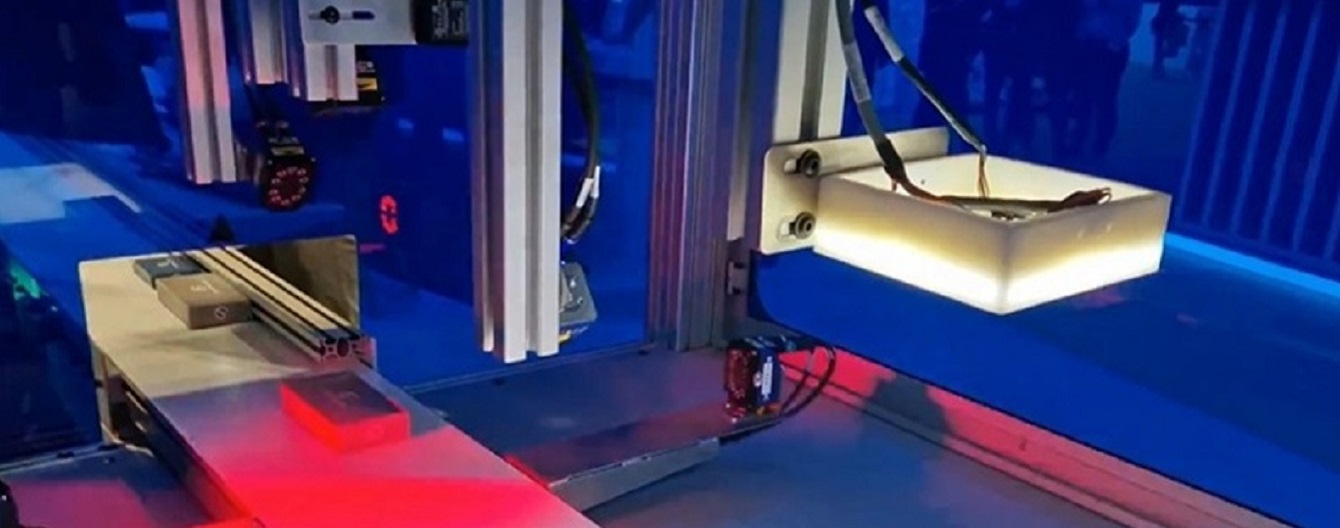A Helping Hand with Hub-and-Spoke Dispensing for Community Pharmacies
Article
Commercial



PARTNERED CONTENT
By Saša Jankovic
The Department of Health and Social Care (DH) is considering making legislative changes to hub-and-spoke dispensing for community pharmacy.
The proposed changes would allow the operation of hub-and-spoke dispensing across different legal entities through two different models.
In the first model, the patient presents their prescription to the “spoke” pharmacy, the pharmacy sends it to the “hub,” which prepares and assembles the medicines, and these are sent back to the spoke, which supplies them to the patient.
The second model is the same, but the hub sends the medicines directly to the patient’s home rather than to the retail pharmacy.
Concerns have been raised that the proposed second model could result in patient confusion ― and possible safety issues ― if medicines are delivered to patients in an uncoordinated way from both the spoke pharmacy as well as one or more hubs.
Model one has gained some favor as having the potential to allow the whole community pharmacy sector to benefit fairly from centralized dispensing systems.
In addition, speaking at the Pharmacy Show in October, Company Chemists' Association CEO Malcolm Harrison said implementing hub-and-spoke dispensing models may prove "one way to release capacity" for pharmacists by helping to relieve some of the workforce pressures the sector currently faces.
It is easy to see how multiples and large pharmacy groups could benefit from the hub-and-spoke model, but there are a few reasons why small and medium-sized businesses may find it harder to get on board.
The first is related to associated costs as there is a perception it will take a significant financial investment to set up a hub.
Another reason is that, for independents especially, reducing stock holdings in store by using a hub could make individual pharmacies less able to be responsive to unexpected situations.
In addition to his role as chair of the of Merton, Sutton & Wandsworth local pharmaceutical committee and vice chair of Pharmacy London, Mayank Patel’s day job is as a director and superintendent pharmacist at Pearl Chemist Group ― a family-owned independent pharmacy group based in Tooting with 20 branches in southwest London and Surrey.
Set up by Patel and his brother Vijay as a single branch in 2001, the group now employs 150 staff, dispenses 180,000 items per month and offers a range of NHS services in what is proving to be an increasingly demanding healthcare landscape.
The Community Pharmacy Contractual Framework for England has placed a higher focus on clinical services, and the COVID-19 pandemic has also changed public perception of the role of pharmacists and added workforce and staffing challenges.
"Community pharmacy owners and staff have been under relentless pressure for the last three years," says Patel.
"Dispensing volumes are continually increasing but dispensing revenues are being replaced by launching new services."
In order to not just succeed in this new pharmacy landscape, but thrive, the group looked at where it needed to make changes in order to deliver more services while continuing to dispense the same volumes.
The group discovered that its pharmacists were spending up to 90% of the day on the dispensing part of the business in some stores, leaving no capacity to deliver patient-facing services.
A lifelong advocate for the role of technology in better ways of working, Patel realized that adopting a hub-and-spoke model with the group operating dispensing hubs for both original packs and monitored dosage systems was the way forward.
"Previously, our repeat prescriptions were administered, labeled and sorted manually by staff across all the branches, significantly reducing the amount of time these skilled staff could spend at the counter with patients," says Patel.
"It used to take staff an average of 5-10 minutes to put together one repeat prescription, and we knew this had to change."
The group decided to install Centred Solutions’ FLOWRx Connect software and sortation station at its Tooting hub in summer 2021.
This software takes information from the group’s Proscript Connect patient medication record and allows items for up to 30 prescriptions to be picked at once from its Omnicell robotic dispensing system (RDS).
The medication is placed in a tote, with hub staff adding fast-moving lines as it comes off the RDS conveyor.
Following this growth, it scaled up to the FLOWRx Hub solution in December of that year, investing in an Automatic Labeling Unit, which connects to the software and scans and labels medication at the rate of 25 packs per minute that are then sorted by hub staff.
The hub now runs five days a week with four hub operators, and on an average week produces over 18,000 packs for 3,500 patients. Pearl’s most recent development has been Centred Solutions’ FLOWRx in-store software, which uses barcode scanning to manage orders within branches.
"When I started looking at the market, there wasn’t much out there that met what I wanted to do as a hub solution," says Patel of his decision to choose Centred Solutions’ hub-and-spoke offering.
"Most were massive solutions for the largest operators and there was nothing for my middle market space.
"What we liked about Centred Solutions was that its products link hardware, software and people together at the heart of our operation. Right from the start, they really listened to us and we were able to have honest conversations about how we wanted to create a system that feels tailored and bespoke to our business ― not a one-size-fits-all like the software houses that say, ‘This is it, take it or leave it.’
"We worked with them to develop exactly what we needed, with the added flexibility that their products are fully scalable so we can add further technology, should we wish to, at our own pace."
Since implementation of the solutions, Pearl Chemist Group has seen an average reduction of 30% of time spent in store on dispensing, as well as an average 30% reduction of pharmacists’ time carrying out clinical accuracy checks in store.
In addition, the average number of totes of stock coming into store and needing to be managed has reduced from six to two, with only 10% of pharmacy time in store now spent on stock management.
This has freed up the group’s pharmacists to spend an average of 50% more of their time with patients in store, and the system has also meant that new pharmacy branches joining the group can be firmly established within a matter of days rather than the four months it used to take.
Centralizing its repeat prescription services with FLOWRx technology has also resulted in stock savings.
"Previously, individual branches were over-ordering through no fault of their own and holding surplus stock," says Patel.
"Each branch would also spend a significant amount of time stock checking, managing, ordering, invoicing and putting stock away.
"With 20 branches, this work was being duplicated in each pharmacy, but now our stock management is centralized; the single point stock purchasing approach has led to less wastage and better stock control."
This, in turn, has freed up the group’s highly skilled staff to spend their time offering advice and support to patients, as well as expanding the number of services they offer in store, including hypertension, the new medicines service, travel and vaccination clinics, with ear microsuction and phlebotomy services soon to be added.
Patel says: "Implementing automation has also meant we have not suffered from the workforce challenges currently facing community pharmacy in the UK, as it has given our staff the breathing space they need to make the most of their professional expertise in a way that makes them genuinely happy."
With the future of community pharmacy set in services, Patel’s advice to other contractors thinking about automation is to be bold. "Pharmacy is not proactive enough," he says.
"We are scared of investment ― and we shouldn’t be. You have to spend money to be able to do something you are going to get rewarded for at a later stage. Yes, any automation needs investment, but the rewards will come over time and we are certainly starting to see it pay off."
However, he adds: "At Pearl Chemist Group, we didn’t just invest and implement all the technology we have overnight ― we found scalable solutions that allowed us to grow the business so we could then take the next step on our technology journey.
"And, of course, automation doesn't always mean buying equipment ― it could simply be some software that automates a process for you. There are solutions out there that allow you to start small and embed the foundations while your business grows.
"You don’t have to invest in every single piece of kit, just what is right for you, but my advice would be to act now and put yourselves in the driving seat of change."


